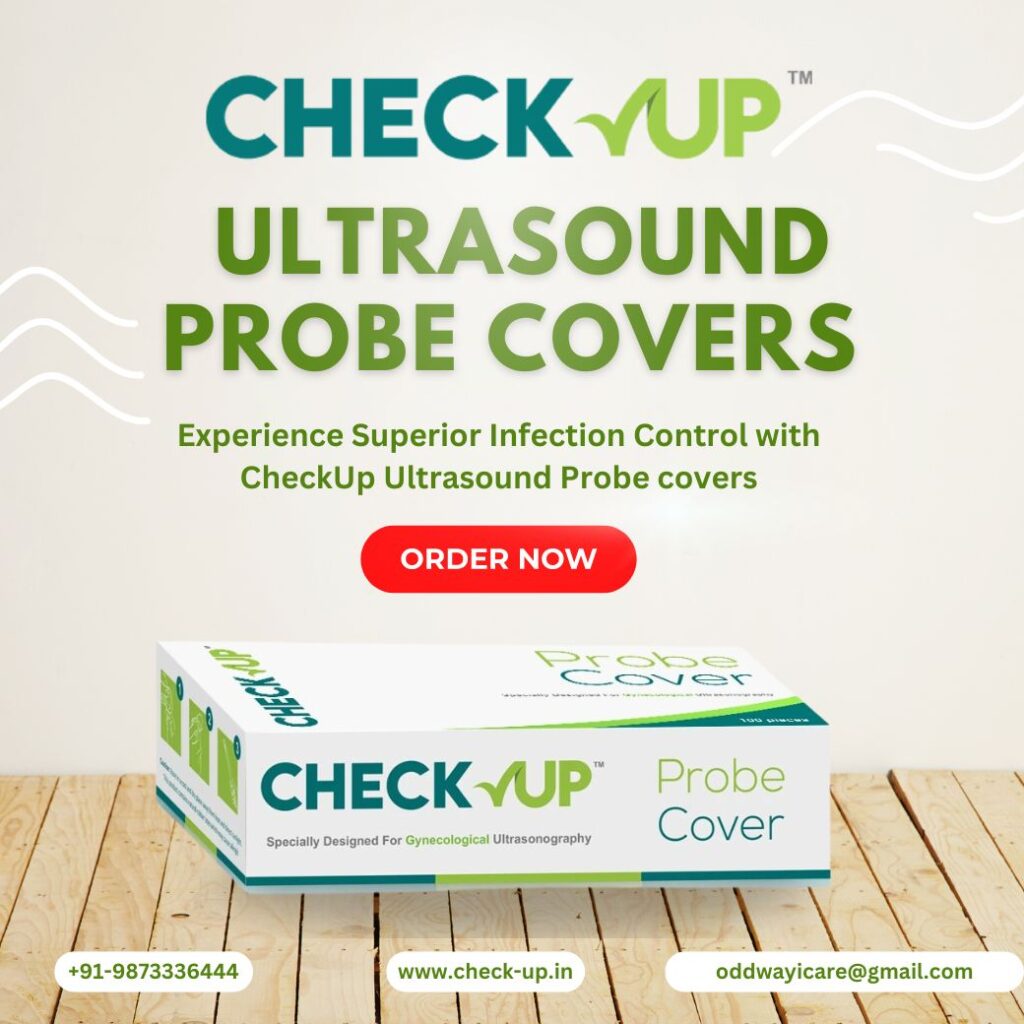In medical imaging, particularly with ultrasound technology, hygiene and patient safety are paramount. Ultrasound probe covers play a crucial role in ensuring both.
What Are Ultrasound Probe Covers?
Ultrasound probe covers are specialized sheaths made from latex, polyethylene, or polyurethane that encase the ultrasound transducer during procedures. These covers are designed to provide a sterile barrier between the probe and the patient, preventing cross-contamination.
Key Benefits of Using Ultrasound Probe Covers
- Infection Control: Ultrasound probes can harbor pathogens if not properly disinfected. Probe covers act as a physical barrier, reducing the risk of transmitting infections between patients.
- Enhanced Sterility: During invasive procedures, such as transvaginal or transrectal ultrasounds, maintaining a sterile environment is critical. Probe covers help maintain sterility, ensuring that the procedure is safe for the patient.
- Probe Longevity: Regular use of probe covers can also protect the ultrasound equipment itself. By preventing direct contact with bodily fluids or other contaminants, covers can extend the life of the probe and reduce the frequency of cleaning, which can wear down the equipment over time.
- Cost-Effective: By reducing the need for extensive disinfection and prolonging the lifespan of the ultrasound probe, covers can be a cost-effective solution for healthcare facilities.
Types of Ultrasound Probe Covers
- Latex Covers: Known for their elasticity and snug fit, latex covers are ideal for procedures requiring precision. However, they may not be suitable for patients with latex allergies.
- Polyethylene Covers: These covers are often more affordable and are a good alternative for latex-sensitive patients. They offer a slightly looser fit but still provide excellent protection.
- Polyurethane Covers: These are high-quality, durable covers that offer excellent barrier protection. They are often used in high-risk environments where maximum sterility is required.
Best Practices for Using Ultrasound Probe Covers
- Check for Allergies: Before using a latex probe cover, ensure the patient does not have a latex allergy. If they do, opt for a latex-free alternative.
- Proper Application: Ensure the cover is applied correctly to avoid any air bubbles or wrinkles, which could interfere with the ultrasound image quality.
- Single-Use: Always use a new probe cover for each patient to maintain hygiene and prevent cross-contamination.
- Disposal: After use, dispose of the probe cover according to your facility’s waste management protocols to prevent environmental contamination.
Conclusion
Ultrasound probe covers are an essential component of infection control in medical imaging. By choosing the right type of cover and following best practices, healthcare providers can enhance patient safety, maintain equipment integrity, and ensure high-quality imaging results.
